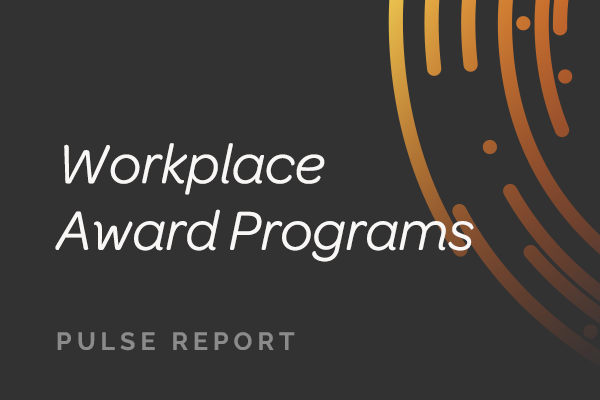
Ah, meetings. Remember them? Not Zoom calls or hybrid meetings or virtual, on-demand conferences. Just regular, jump-into-a-room-with-some-colleagues meetings?
It seems like ages have passed since the last time we sat around a conference table with a whiteboard and a box of pastries. Concerns about the number of people gathered, sanitized surfaces or the six feet between chairs far from our minds. For a while, it seemed like those days would never return. But lately, as more and more companies begin to adopt Return to the Workplace policies, they’re starting to make a comeback.
Well, kind of.
Just like with everything else with the pandemic, nothing is exactly the way it once was. Now instead of having all in-person meetings or all Zoom meetings, we’re entering a new era of workplace collaboration. Call it the era of the hybrid meeting: a kind of half-in-person, half-online meeting where some attendees meet face to face while others join from their desks or from an adjoining conference room or from their home office via Zoom.
3 common challenges of company hybrid meetings
Perhaps you’ve already attended one of these hybrid meetings, in which case you’ve likely experienced the challenges they present. If you haven’t, though, you should know: they’re not as simple as you might think. Here are some top challenges shared by our clients:
1. Limited experience for virtual audiences
Hybrid meetings can be frustrating for those attending online because they often miss out on key parts of a discussion and their voice isn’t heard.
2. Complicated logistics of conference spaces
From booking enough conference space to satisfy local distancing measures to ensuring all safety protocols are met to making sure all participants have a chance to have their say, meeting organizers have their hands full.
3. Content sharing gets complicated
Visual mapping, whiteboarding and presenting can become complicated and involve camera angling and missed commentary without the proper technology.
3 helpful benefits of a successful hybrid approach
All is not lost, and there can be benefits to offering a hybrid option for your company. Here are some of the benefits of a thoughtfully planned out hybrid meeting.
1. Meeting time valued by all attendees
Well thought out hybrid meetings will accomplish your team’s objective. Everyone in attendance will be clear on what the meeting needs to achieve.
2. New platforms can offer a world of features to enhance meetings
With an ever-expanding set of enhancements and unique features, virtual attendees will confidently join and interact in your meetings with minimal to no hiccups
3. Virtual engagement creates new methods of meaningful interaction
Virtual attendees can join in planned smaller or larger breakouts and can use chat logs and emojis to engage with other attendees during the meeting.
Read our guide before your company’s next hybrid meeting
If you want more engaging and meaningful meetings for your virtual and live participants, there are a few effective ways to achieve this. To help, we’ve prepared a free guide covering some of the fundamentals for you to ensure your next hybrid meeting is a success.
Contributors:
Virginia Stefan
Vice President, Strategist
Virginia expertise in internal communications has been honed by her background in publishing and her love of improv. By listening to diverse perspectives and embracing new possibilities, Virginia creates successful communication strategies that engage employees and encourage them to share their ideas.




